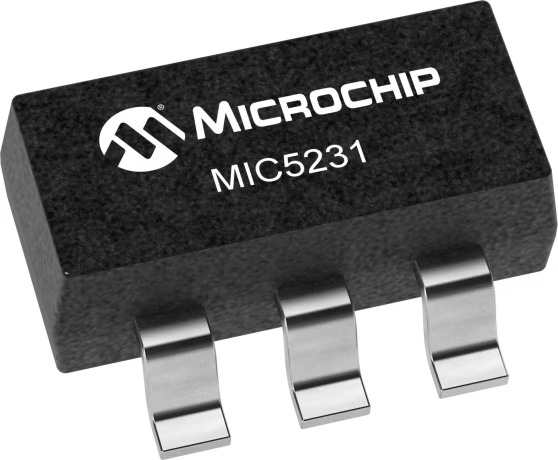Description
The MAX44007 ambient light sensor features an I²C digital output that is ideal for a number of portable applications such as smartphones, notebooks, and industrial sensors. At less than 1µA operating current, it is the lowest power ambient light sensor in the industry and features an ultra-wide 22-bit dynamic range from 0.025 lux to 104,448 lux.
Low-light operation allows easy operation in dark glass applications.
The on-chip photodiode’s spectral response is optimized to mimic the human eye’s perception of ambient light and incorporates IR and UV blocking capability. The adaptive gain block automatically selects the correct lux range to optimize the counts/lux.
The IC includes two I²C slave address options: 1011 010x and 1011 011x.
The IC is designed to operate from a 1.7V to 3.6V supply voltage range and consumes only 0.65µA in full operation. It is available in a small, 2mm x 2mm x 0.6mm UTDFN-Opto package.
Key Features
- Wide 0.025 Lux to 104,448 Lux Range
- Small, 2mm x 2mm x 0.6mm UTDFN-Opto
- VCC = 1.7V to 3.6V
- ICC = 0.65µA Operating Current
- -40°C to +85°C Temperature Range
- Improved Sensitivity Behind Dark Glass
Applications/Uses
- Cellular Phones/Smartphones
- Digital Lighting Management
- Portable Devices
- Security Systems
- Tablet PCs/Notebook Computers
- TVs/Projectors/Displays

Maxim has introduced a digital ambient light sensor with a wide sensing range and compensation for fluorescent lighting.
Operating current is 0.65µA, claimed to be 100x less than the nearest competitor.
Inside the 2x2x0.6mm MAX44007, as it is called, are two photodiodes, a 16bit ADC, an adaptive gain block, and an I2C interface.
A package-level optical filter prevents ultraviolet and infrared from reaching the photodiode, and optical response is designed to match the spectral response of the human eye.
The second photodiode, sensitive primarily to infra-red, is then used to match fluorescent and incandescent light response from the part.
“Replicating the optical response of the human eye with electronic components is difficult,” said the firm. “Traditional light sensors measure the amount of light in an environment regardless of wavelength. These designs are unduly influenced by ultraviolet and infrared light, which are not perceptible by the human eye.”
Mounting the sensor behind tinted glass can also cause problems.
“Once the designer knows the response of the black glass, it can be factored into the light sensor’s measurement,” said Maxim.
The adaptive-gain block automatically selects the gain range.
For more read: Digital light chip draws sensor 0.65µA
